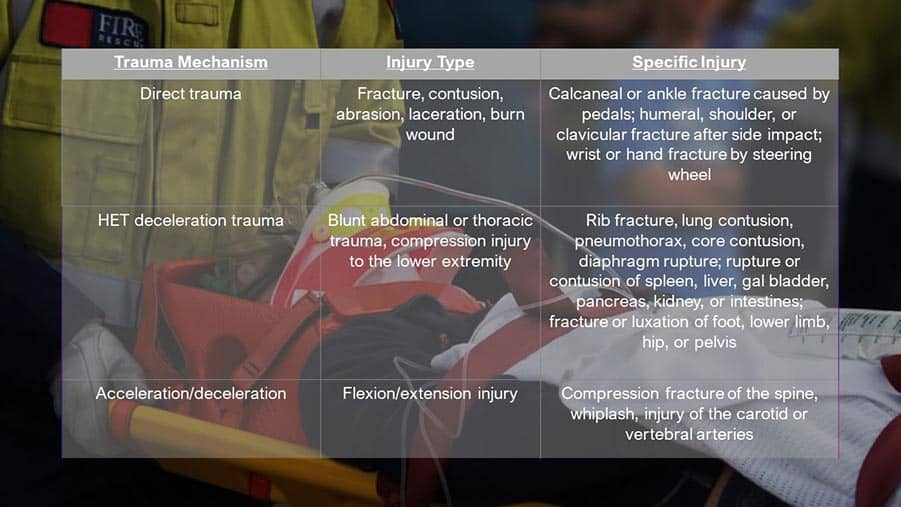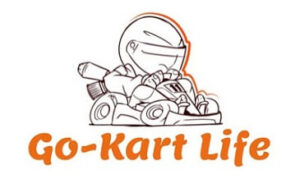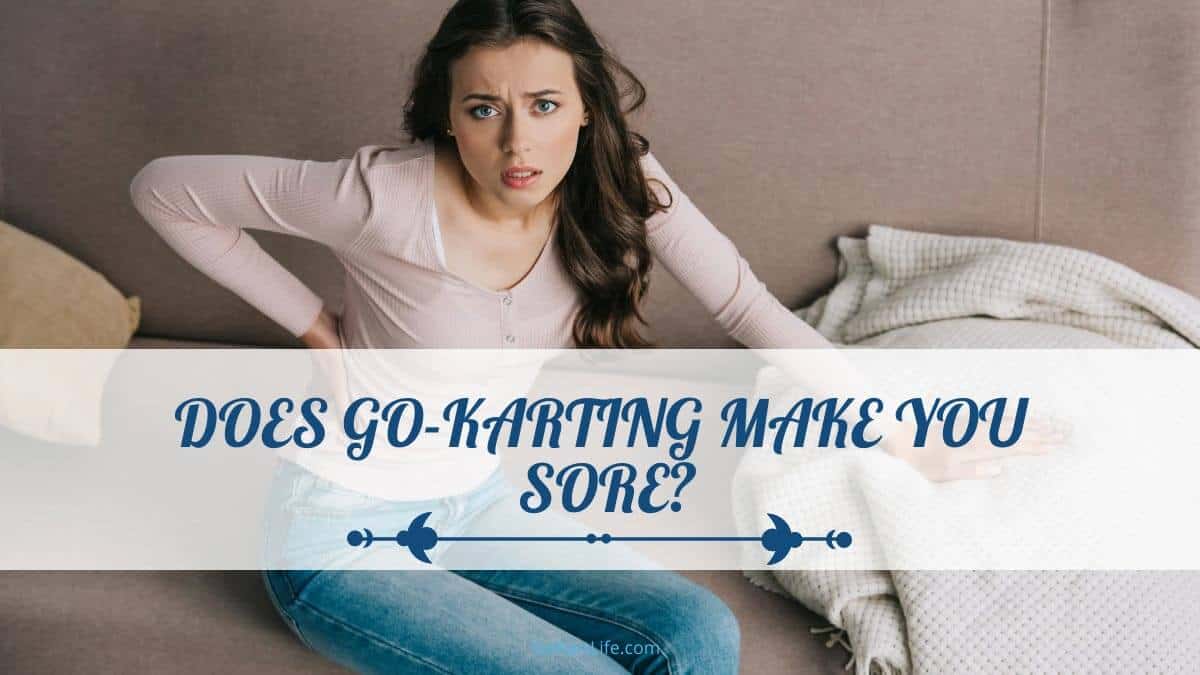Go-karting is popular motorsport worldwide, fun for people of all ages. But it is also dangerous. It’s more dangerous than you might think, with hundreds of people sustaining severe injuries while go-karting. Even if you walk away without any broken bones, however, there’s a good chance you might be sore after a day of go-karting.
Go-karting can lead to various injuries, including muscle or joint soreness after riding in one. This soreness largely stems from the different forces at work during go-karts, especially if you don’t ride go-karts often. There’s also very little padding or support on a go-kart’s seat, leading to soreness in the lower back, arms, or legs.
As with many physical activities, reducing or eliminating soreness after go-karting is possible. Keep reading to find out exactly why go-karting may make you sore and what you can do to avoid soreness when go-karting.
Does Go-Karting Make You Sore?
Competitive go-kart racing or recreational go-karting at your local track can undoubtedly make you sore. This is especially true if you don’t drive go-karts regularly. If you spend a few hours go-karting and don’t do it often, you may be sore the next day. This soreness can be in a variety of spots on your body, including:
- Back
- Arms
- Legs
- Neck
- Hands/Fingers
We’ll go into more detail below on why each body part might get sore throughout the rest of this article. The bottom line is don’t feel too bad if you get sore after go-karting. Your body isn’t used to that sort of activity, and like with pretty much anything else, you’ll probably be sore if you’re not physically used to something.
Why Your Body Gets Sore
As you age, your body will start getting sore for various reasons. Body aches are a natural part of life, and you’ve probably realized by now that you could get one for something as minor as sitting the wrong way on a long drive. As mentioned above, you can get sore in quite a few areas of your body after go-karting. Here’s why.
Back
Go-karts aren’t known for their stellar lumbar support, and you’ll be whipping around tight turns at high speeds, which can throw your back out of whack. Because of all the changes in direction, the forces at work, and the uncomfortable seating, you may find your lower or mid-back sore after go-karting.
Arms
Go-karts also don’t typically have armrests; you’ll be holding a steering wheel on a minimalist vehicle that isn’t built with much concern for rider comfort. Holding your arms up can make them sore, similar to strenuous workouts. You may also find your shoulders are sore from holding your arms up.
Legs
Go-karts don’t have a ton of legroom, so if you have longer legs, they will be bunched up a bit while you’re riding. Just like being on an airplane for a while and cramped, being stuffed into a tiny go-kart could make your legs sore. This might go away the same day after walking around or the day after your ride.
Neck
High-speed go-karts often require you to wear a helmet similar to a motorcycle helmet. If you’re not used to carrying weight around your head, you may experience neck pain after go-karting for a day. This is entirely normal, and unless you had an accident where you’re worried about whiplash, you’d probably feel better after a couple of days.
Related Article: Can You Get Whiplash From Go-Karting
Hands/Fingers
You’ll be excited while speeding around the go-kart track, gripping the wheel tightly. Even if you take time to loosen your grip and stretch your fingers, your hands and fingers might still be sore after you finish riding.
Other Injuries From Go-Karting
Go-karting can be a dangerous sport, although serious injuries are exceedingly rare. Although finding useful statistics is challenging, 231 fatalities resulted from go-karting accidents from 1985-1996, with another 125,900 reported injuries during the same period.
Although go-karts have gotten significantly safer, they can still be dangerous or fatal. Collisions in go-karting are relatively common, and safety controls are considerably lacking. As a result, people can experience internal bruising, injuries, lacerations, spinal trauma, or even bone fractures while riding in a go-kart.
Luckily, there are ways to be safer while go-karting.
- Please do your best to avoid collisions; it’s not bumper cars.
- Wear proper equipment and footwear.
- Never stop in the middle of the track.
- Never drive a go-kart while under the influence of drugs or alcohol.
- Always wear a seatbelt.
- Follow all the directions of track officials, lights, and flags while driving.
- Follow the posted guidelines on rider heights and ages.

Information provided by the National Library of Medicine.
These guidelines may not keep you from getting sore, but they’ll help keep you and the other riders on the track safer from severe bodily injuries.
How to Minimize the Soreness
With go-karting, you have three ways to help minimize soreness after your riding: ride in go-karts more often, exercise and strengthen your muscles and joints, or stretch yourself out well after you go-kart. If you’re concerned about getting sore the next time you go-kart, you should try a combination of the three.
Riding Go-Karts More Often
The first time you do pretty much anything physical, you’ll find that your body is sore. Soreness is entirely normal, and it’s because when you do something new, you produce microscopic tears in your muscle fibers.
The stress you’re experiencing isn’t limited to your muscles; it can also affect your joints and bones.
While go-karting isn’t known for being incredibly strenuous, it still subjects your body to a new activity. As with anything else, your body will get used to it if you do it more often.
In other words, riding go-karts more often will help your body get used to the unique stressors it experiences, and you’ll find that you’re less sore after doing it a few times.
Get More Exercise
You can also reduce soreness from go-karting through exercise and getting into better shape. If you work out regularly, your muscles, joints, and bones will be better used to stress, and it will help you cope with various physical activities. This doesn’t just work for go-karting; good physical shape can help you perform better in many activities.
Stretch Out
Recovery is integral to any workout plan, but it’s also important to recover after strenuous physical activity. Stretching out after go-karting is a good idea because it helps your muscles recover and could lead to less muscle soreness and greater flexibility over time, which will help you be less sore the next time you go go-karting.
Go-karting can be a fun way to pass the day; they’ve become much safer. However, they can still be dangerous, and if you’re not used to riding them, you’ll probably experience some soreness afterward. Even if you do, it’s a small price to pay for an enjoyable pastime that can be a great way to spend time with your friends in a friendly competition.
Frequently Asked Questions
The main muscle groups used when driving a go-kart include the legs, arms, shoulders, back, chest, abdomen, and core. Your body needs to be strong and flexible to drive a kart at high speeds.
Yes! Go-karts build strength and endurance, especially in your core, neck, and arms. They also help develop coordination and balance. However, don’t expect to wear a muscle shirt just because you drive a go-kart; you must join the gym.
Go-karting is excellent for fitness because it combines physical activity with fun. The best part about go-karts is that you don’t need equipment, just a helmet, gloves, or shoes.

Goran, an experienced go-kart racer, fuels GoKartLife.com with his passion and expertise. He offers valuable insights and tips for fellow enthusiasts, fostering the growth of the go-kart community. Join Goran at GoKartLife.com and immerse yourself in this exhilarating sport.


